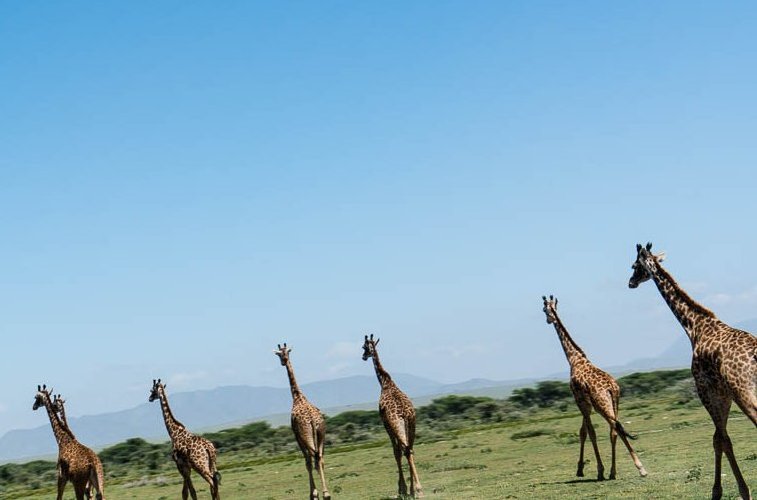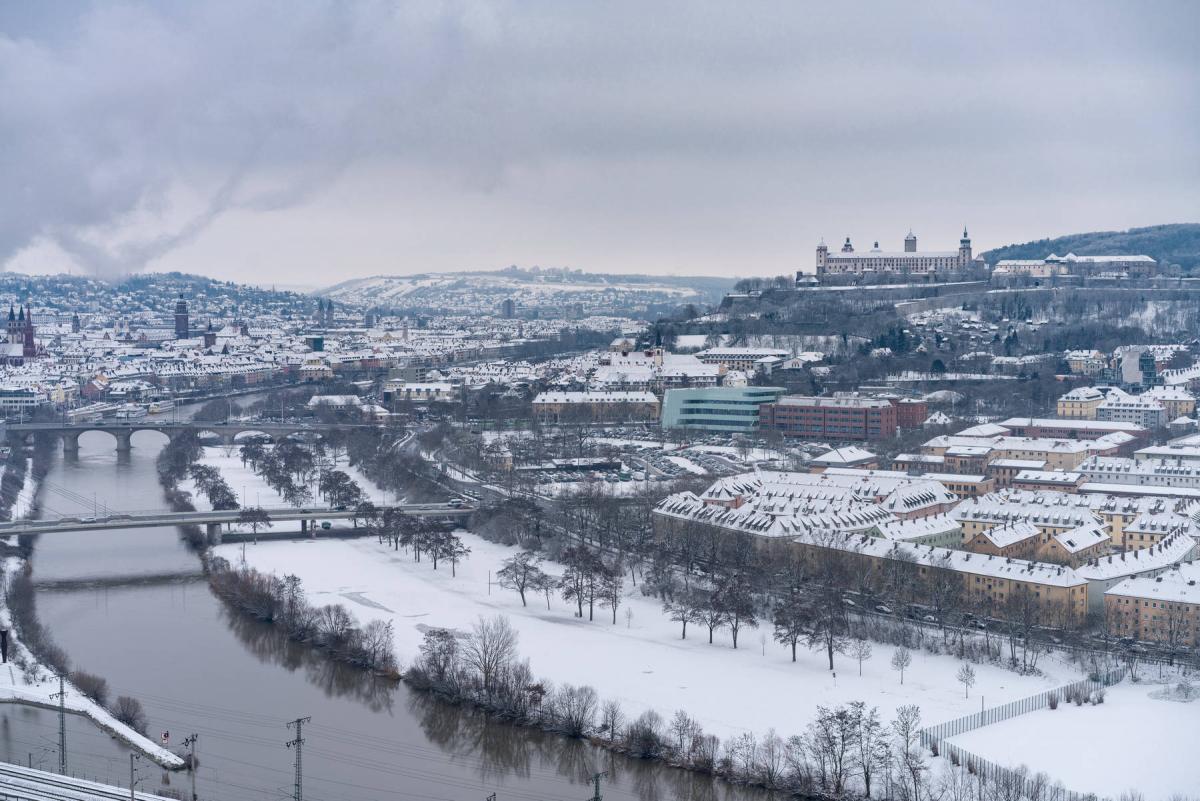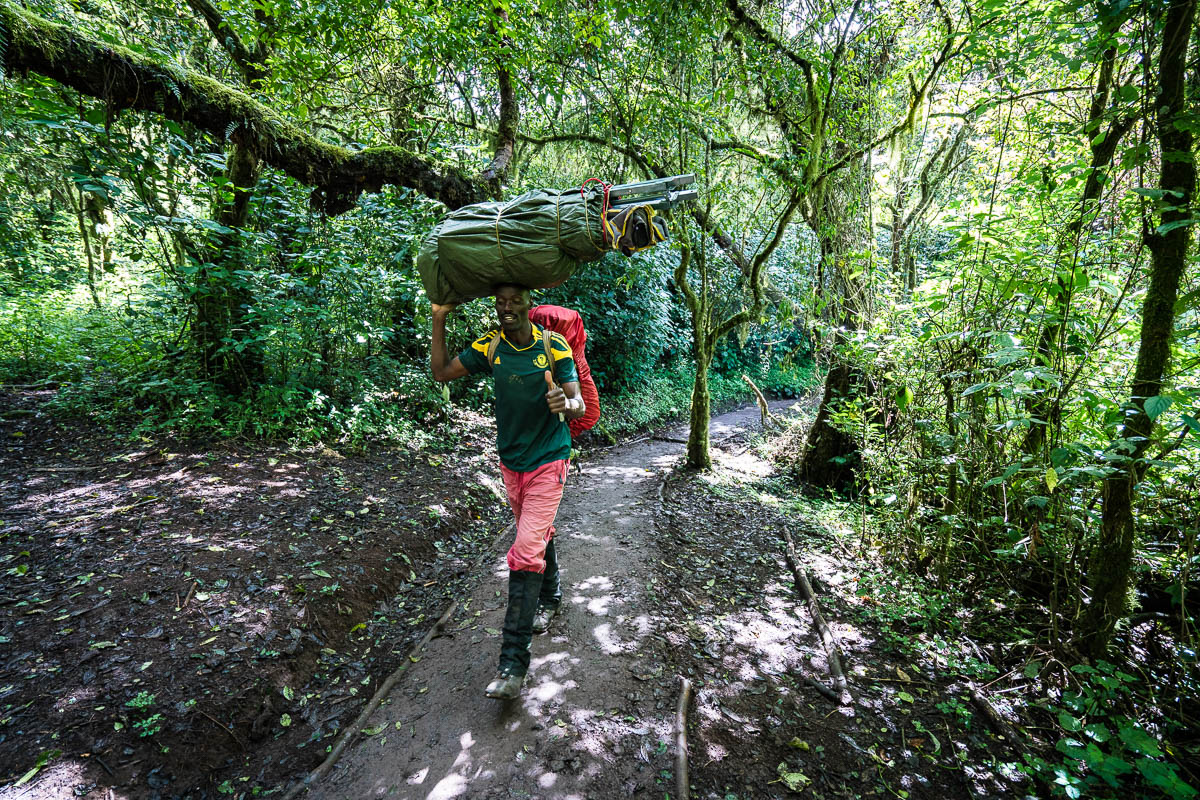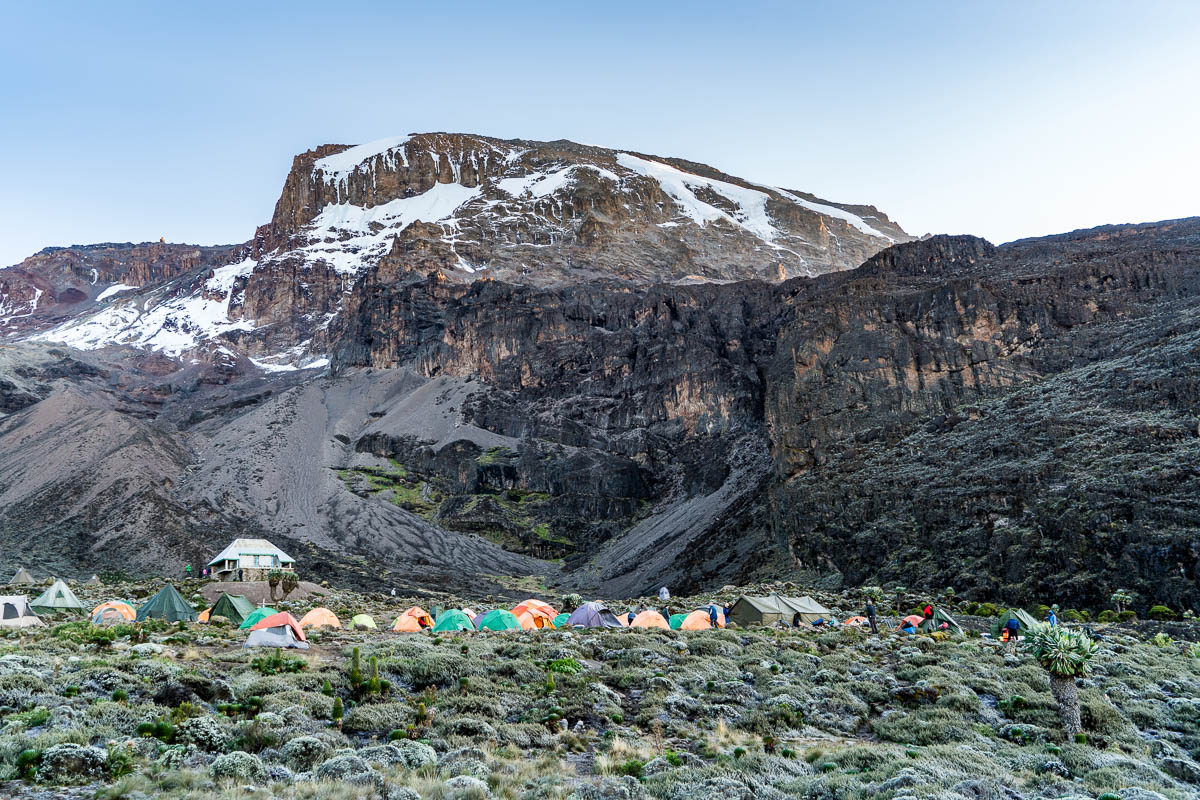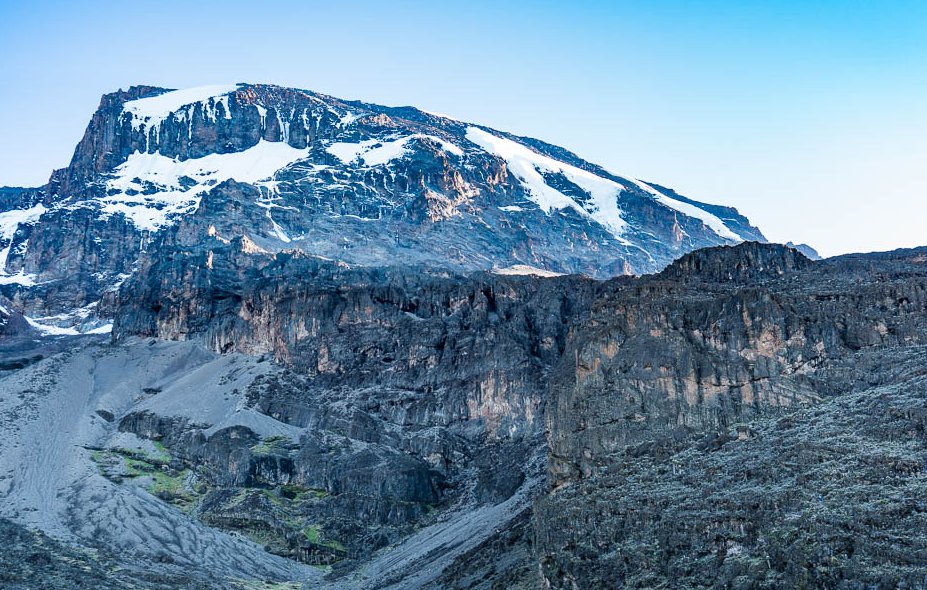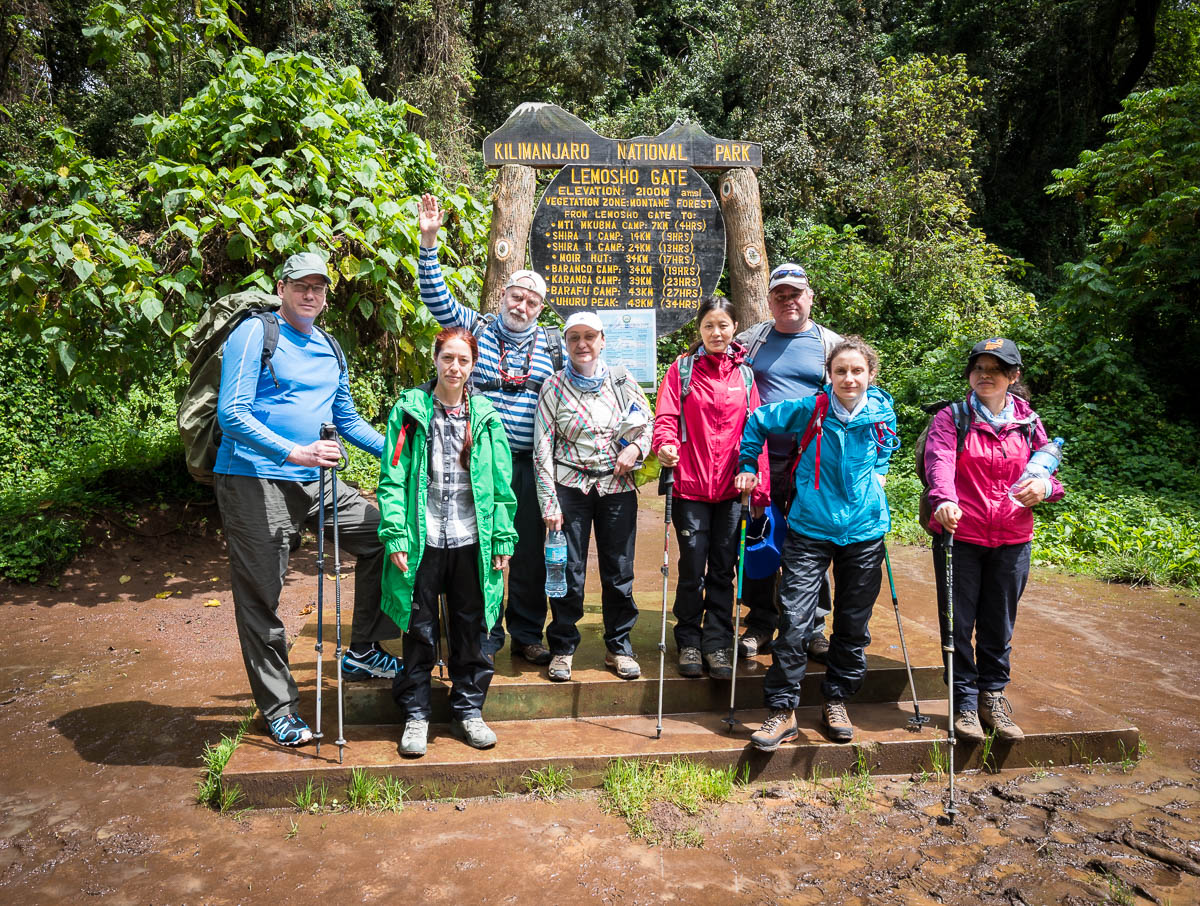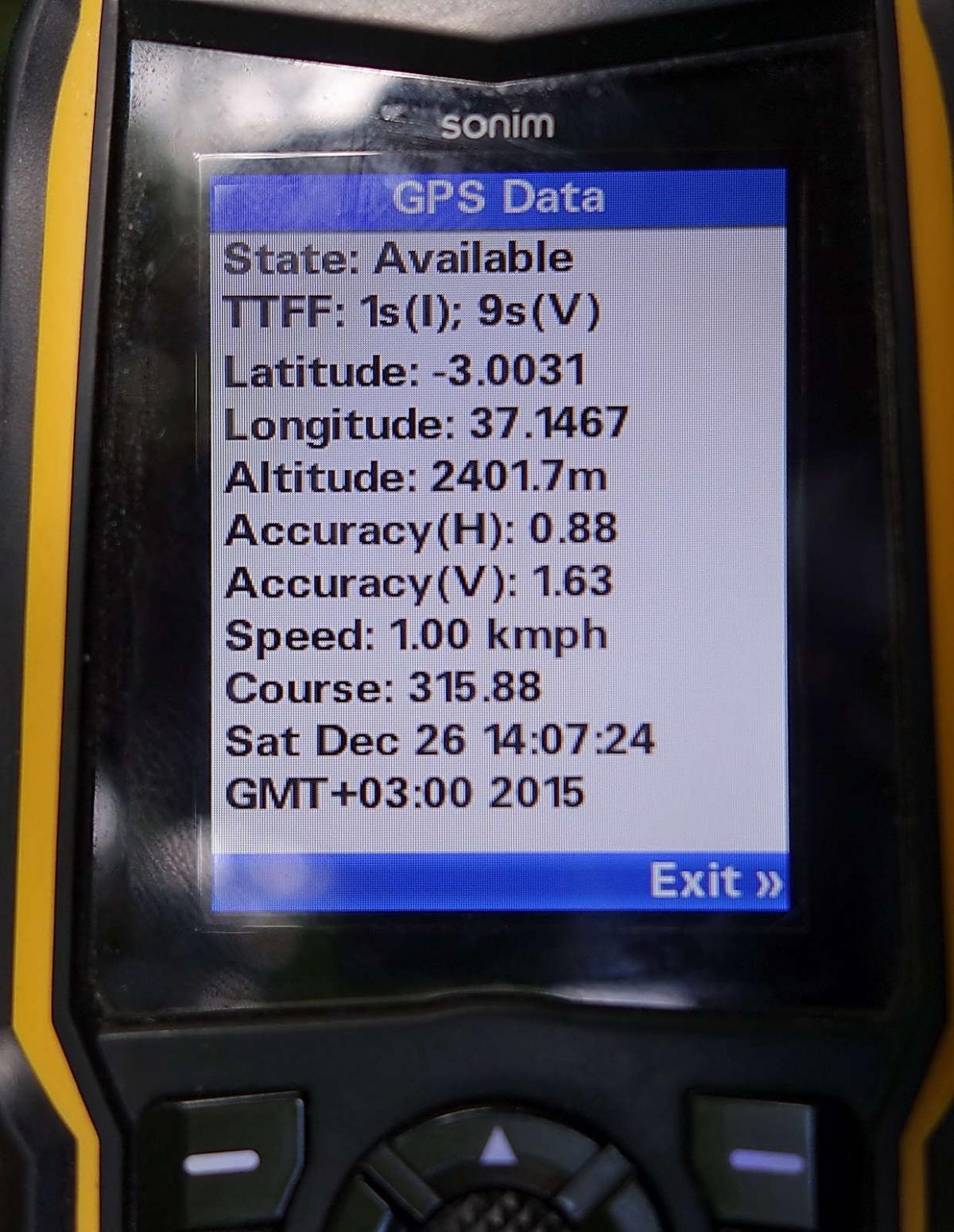I did a fair bit of walking in Tanzania on our Kilimanjaro expedition – a whole week’s worth, in fact. That meant I had plenty of time – besides chatting to my companions – to ponder, contemplate and reflect – on all kinds of stuff.
I never once thought about business, but then, not thinking about business was one of the chief aims of the trip. So, naturally, my mind turned to non-work stuff, like life and eternity, nature, man, the universe – and man’s insignificance in it. The latter was reflected upon mostly at night, when I’d look up to the extraordinarily brightly twinkling stars – so much more vivid for being up a mountain; much better than how they look down near sea level.
Like I say – lots of walking time = lots of chatting time, including long chats… with oneself! All sorts of different thoughts arose in my little gray cells, including, for example, the following:
The moon gets three centimeters a year further away from Earth (that’s a scientific fact). At some point Earth will eventually lose its ‘gravitational interest’ in the moon, which will then become one more satellite of the sun. It’s possible that the trajectories of the moon and Earth will intersect again at some distant point in the future, and the moon will again become a satellite of Earth. Or maybe it will collide with Earth? It’s difficult to calculate… but my specific questions (related to this) are easier…
Question No. 1
This will happen earlier than when the sun becomes a much huger, redder and hotter giant than it is now and swallows up the planets near it (Mercury, Venus and Earth) or later? What will happen soonest: the moon will return to Earth, or the sun will eat up this question?
Read on: Questions 2, 2.1 and 3 …


